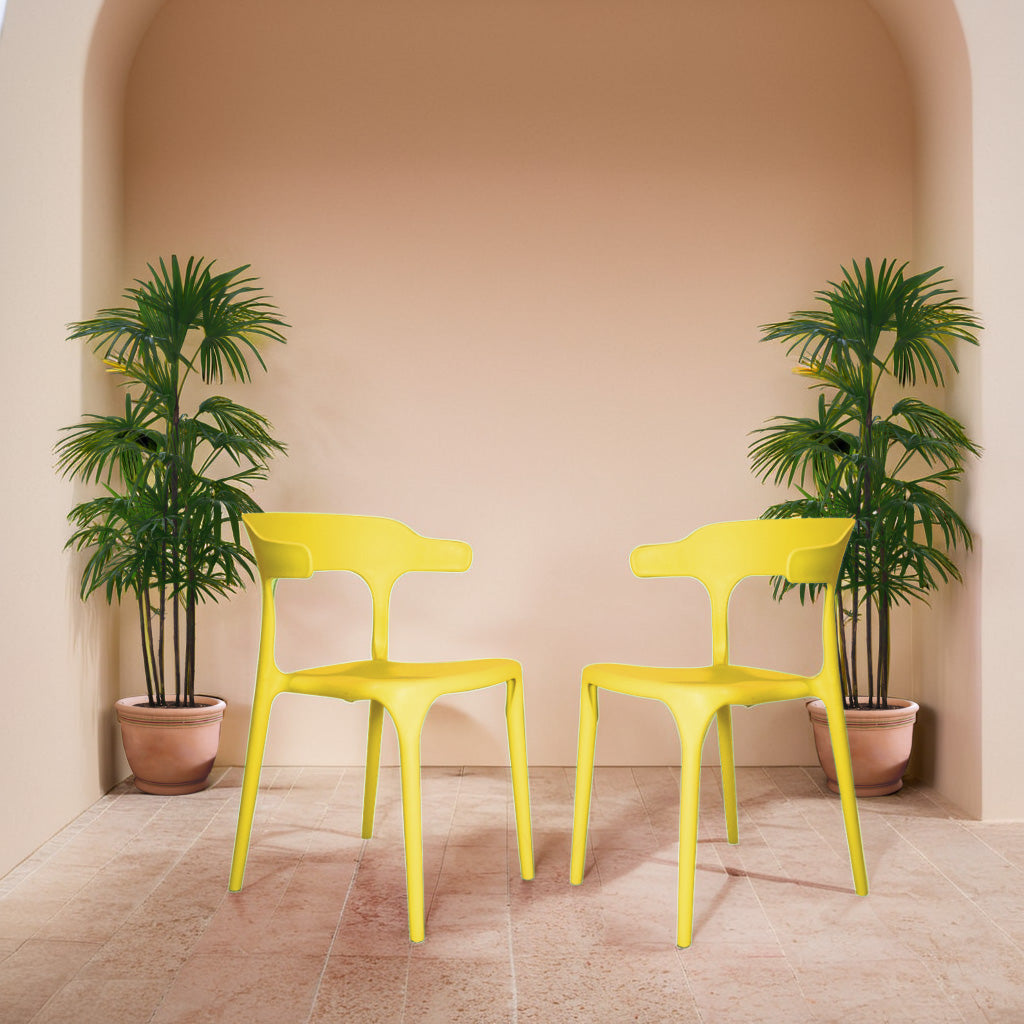
How to Arrange Chairs for Optimal Seating and Comfort in Small Cafés
Share
Operating a small café usually involves getting the most out of each square foot. While an intimate atmosphere is part of the appeal, petite space may swiftly turn into claustrophobic if seating is not designed effectively. Your chair changes affects customer comfort, seating number, and even dwell time directly. Through clever layouts, you can achieve the optimal balance between maximum occupancy and welcoming ambiance.
1. Begin with a Floor Plan
Draw a floor plan before repositioning chairs. Plot entrances, counters, bathrooms, and busy pathways. This will help you avoid over-crowding areas that Users prefer simple access to. It is advisable to maintain at least three feet of room around tables and aisles to avoid bottlenecks.
2. Blend Chair Types for Flexibility

Uniform seating will keep your café neat, but it is not functional for a small space. Combining several forms of chairs—two-tops, bar stools, and some smaller armchairs—allows you to be flexible with the needs of different customers. Couples will like having two-top tables to snuggle rise, but others' who are coming by themselves and have computers may want to sit on the bar side. Speed layouts let full occupancy without appearing full.
3. Make Use of Wall and Corner Seating
Walls and corners are your friends in an intimate café. Placing banquettes, benches, or built-in seating against walls frees space in the place for more chairs and tables. This changes not only allows more customers but further provides a comfortable, official layout. Corners that would otherwise keep empty can be converted into comfy niches for small groups.
4. Opt for Lightweight, Stackable Chairs
Bulk furniture takes up precious space. Instead, choose low weight, slender-profile chairs that are easy to push around. Foldable or stackable chairs are great options for small cafes because you can change seating configurations are necessary—if it's a packed weekend or weak weekend day.

5. Design Multi-Functional Seating Areas
Subdivide your café into many locations without the use of physical boundaries. For instance:
Quick Stay Zone: A bar counter or high tables and stools for patrons dropping in for just a cup of joe.
Work-Friendly Zone: Small tables and comfortable chairs close to slides for students or work-from-home people's.
Relaxation Zone: Plush seating in corners for customers who prefer to stay longer.
This zoning not only maximizes space but further makes your café attractive to many customer groups.
6. Balance Comfort with Capacity

It’s tempting to squeeze in like many seats are possible, but overcrowding can backfire. If clients are at ease, they're bound to come back. Select comfortable seats and match them with tables of the right size. Smaller round tables often fit better in confined spaces than large rectangular ones, while still giving a tasty dinner time.
7. Keep Flow and Ambience in Mind
Last but not least, keep in mind that seating is never about math—it's about mood. Make sure there is enough airflow. space so your guests don't feel crowded. A well-arranged set up promotes extended keeps, repeat orders, and a good impression that makes first-timers become regulars.
